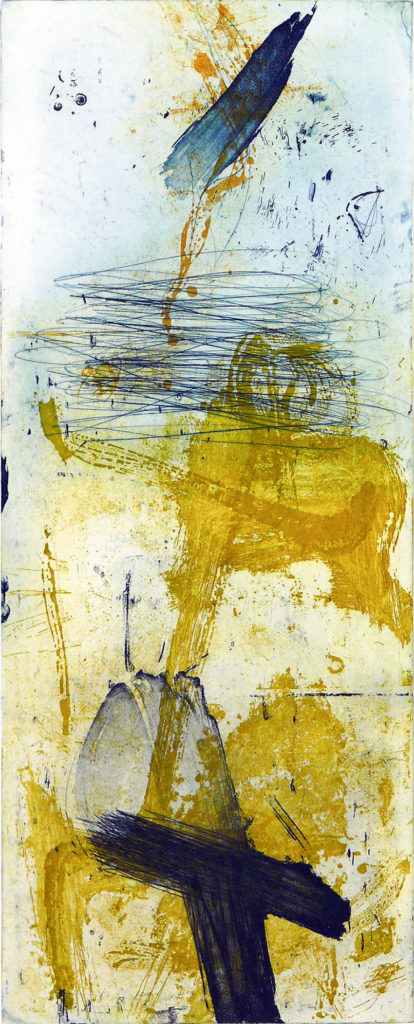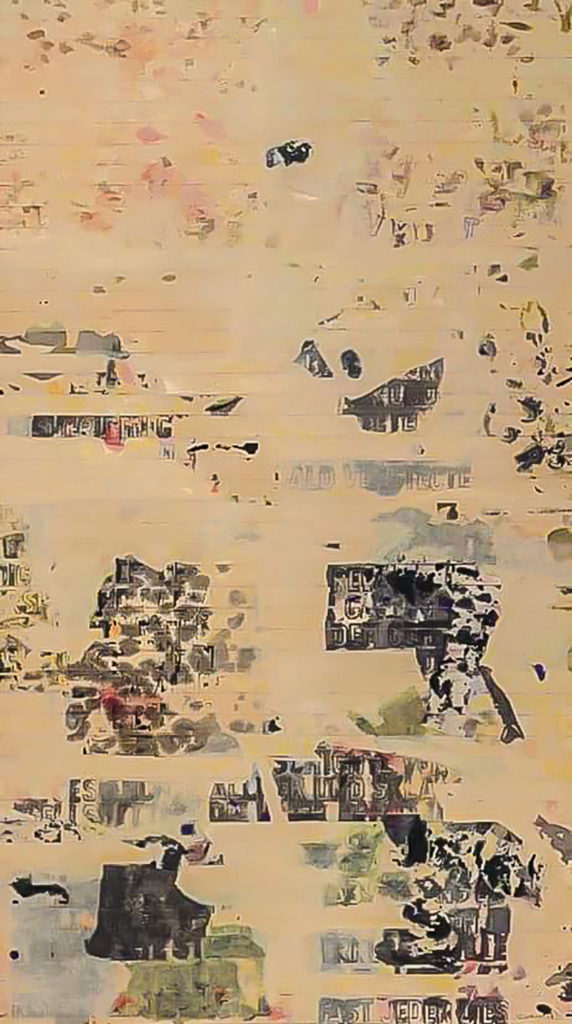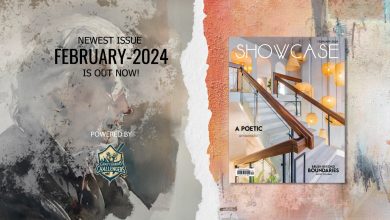Unbound and Unconfined
Experimenting with sculptures, scrutinizing to film-reels, or pushing painting forward in bold new directions, the multifaceted visual artist Wakilur Rahman has made unconventional and eclectic contributions to the visual phenomena.
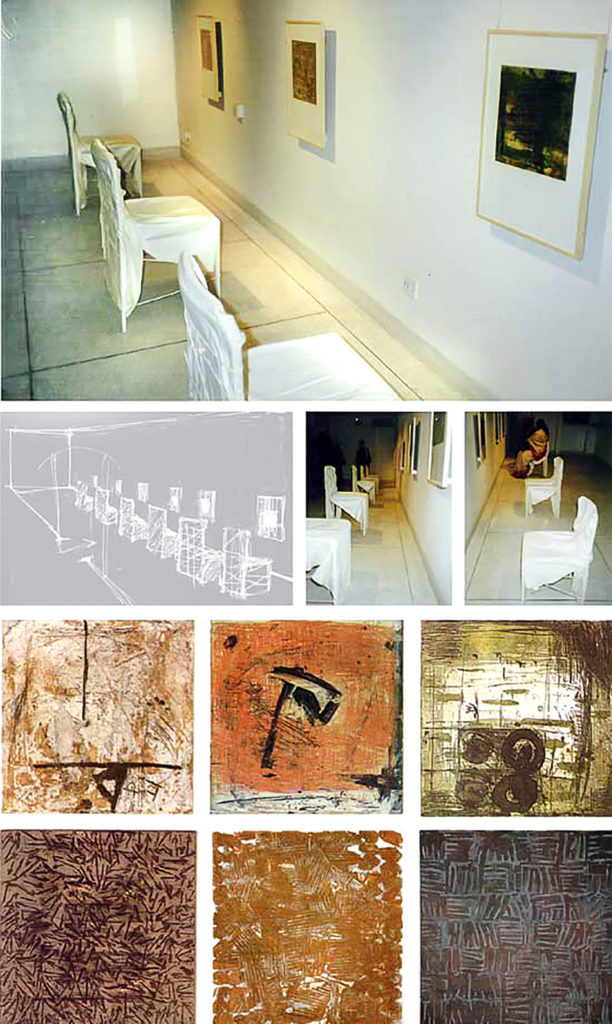
His works live and breathe his innate – and multicultural fine arts fascination and identity. His creations, in many cases, have caused to reconsider the very definitions of what art can look like, and what it can achieve.
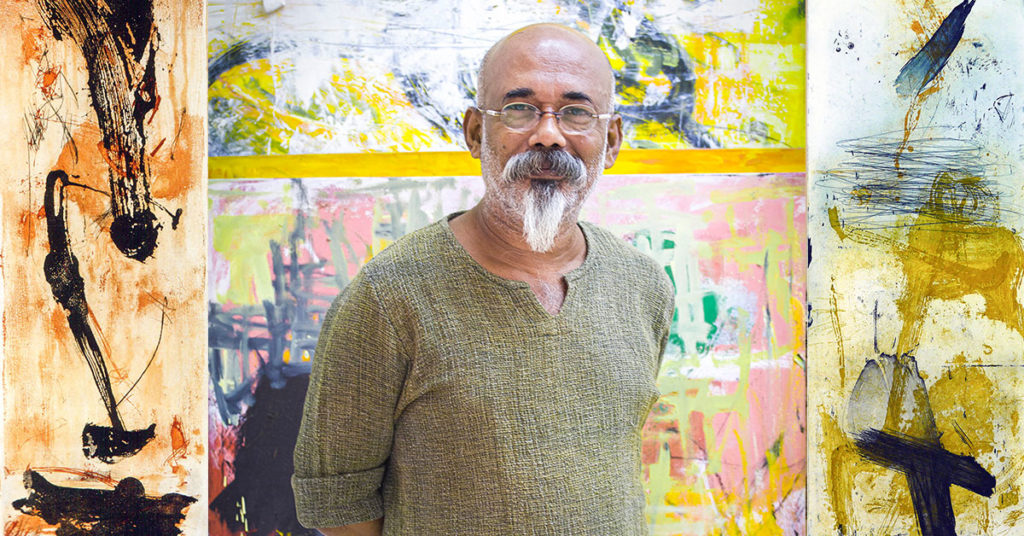
Wakilur Rahman was born and raised in the village of Mahimaganj in Rangpur division in a large family of nine children. He is the second last of the nine children of his father, Azizur Rahman, and his mother, Rahima Khatun. Wakilur lived the majority of his childhood years in the north-western part of Bangladesh until he moved to Savar Upazila, in his ancestral homestead.
Growing amidst a family who is inclined to literature, theatre, dance, and all genres of cultural significance, in some way leaned Wakilur to the media of art. “Our family carries a fascinating collection of cultural influences. We had a brilliant library corner. Altogether we used to dip into books, used to engage in theatre performances. My other siblings have been equally efficient and skillful in varied art disciplines, but I was better at sketches and illustrations than the rest of my siblings; although, that didn’t make my mind to be an artist at that point of time.

Later years, after I completed my secondary education, I decided to pursue art,” recalled Wakilur.
Wakilur began to identify himself in a new way after he attended the Institute of Fine Arts. Around this time, he came upon to associate with the best companions of his life. “We had plenty of time on that date. The campus was like a dynamic hub for discovery and collaboration.

I find myself very fortunate to be in an era where I met and learned from the wonderful talents; amongst them are remarkable painters, film-makers, sculptors, writers, poets of today”, the artist continued. Having graduated from the Institute of Fine Arts, Wakilur decided to move to China for his master’s degree in the Central School of Fine Arts, after receiving his scholarship.

While living in China, the artist closely observed the transforming socio-political and economic condition of the country. During this period, he developed critical perception on social, political and cultural issues. In 1986 Wakilur returned to his homeland, and a few years later, he moved to and began a new phase in Germany where he settled there for a long nine years. Staying there, the artist explored and experienced new forms of art and approach. The subsequent intellective affairs exploded Wakilur’s life and brought significant transformation to his works.

He started off as a painter and slowly became fascinated with conceptual installations, video-art, sculpture and architecture. The self-conscious artist works in different media and adapts each media as a means of an instrument to portray his concepts. His works deal with powerful concepts and ideas on culture, tradition, history, psychic emotions or a meditation on the self. The works are essentially conceptual which often concentrates minimalism aesthetic.
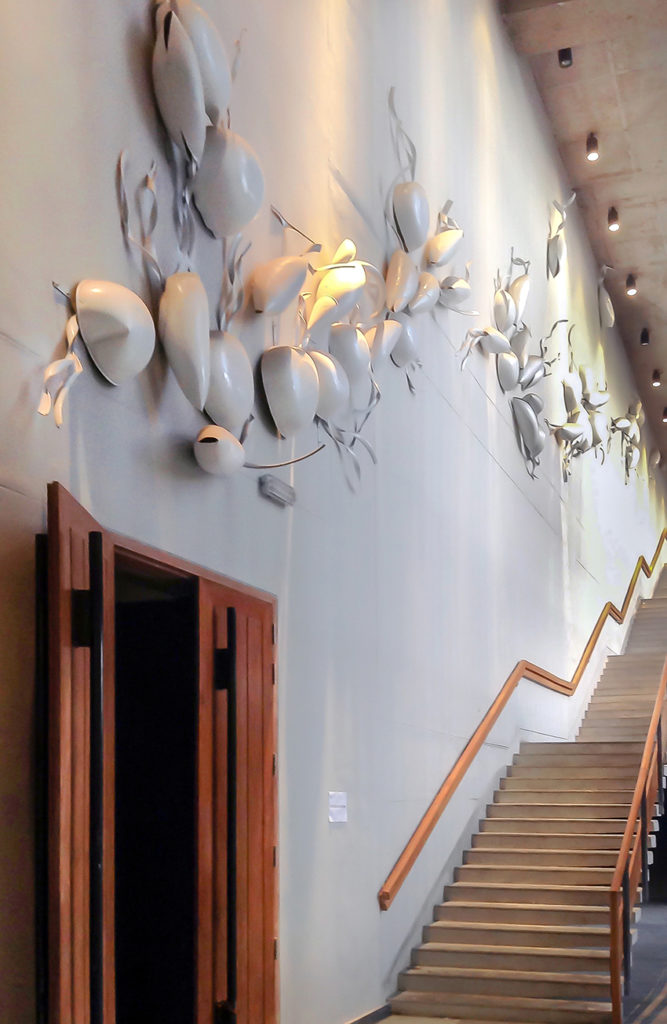
To emphasize this, the artist reduces the material presence of his works to an absolute minimum- a tendency to which the artist refers as the dematerialization of art. His at once intellectual and out-of-the-box creations continue to inspire huge audiences around the globe that speaks about his propensity for challenging socially ingrained norms and hierarchies. In more recent years, the artist gives special prominence to language and text, filtered through conceptual installations and paintings.
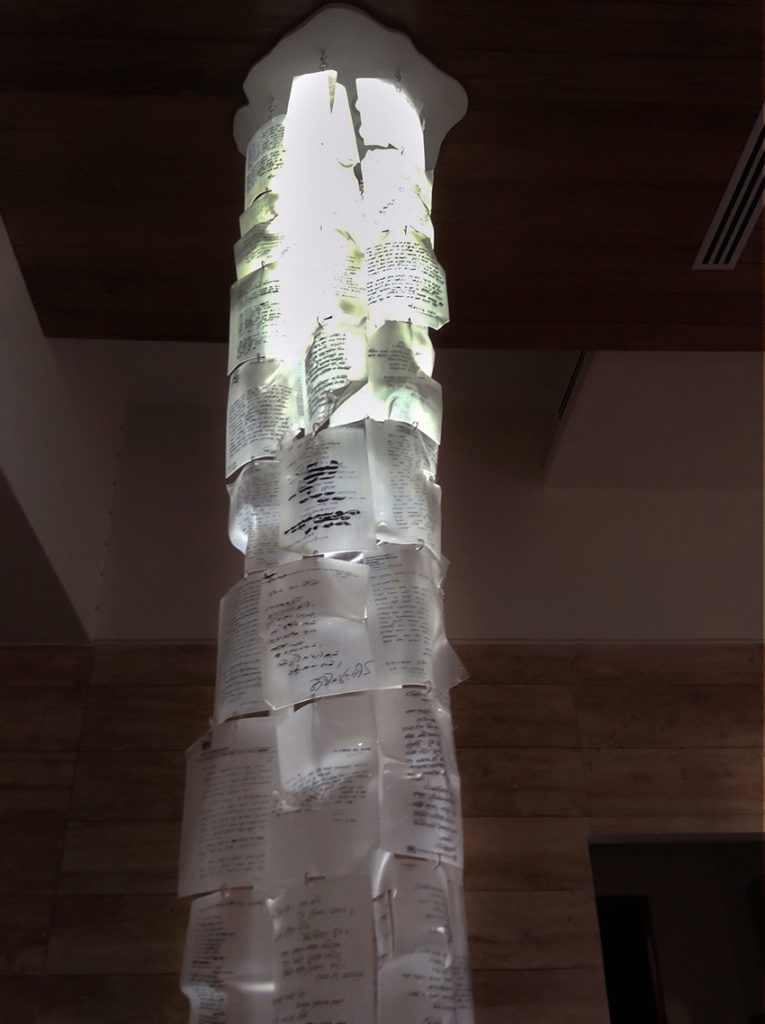
The artist’s work approach and pattern varies for different dimensional works. “When I start to mould a sculpture, I begin with sketch; I try to perceive the space. When I engage in video-art, I go after other methods. I observe and observe. I observe a piece for months. I work in an unceasing profound way. Some of my works are ten years dated. I unfold those and rework. If I observed one of my works for a long, and didn’t put a brush on that work for months, then certainly the work is complete.
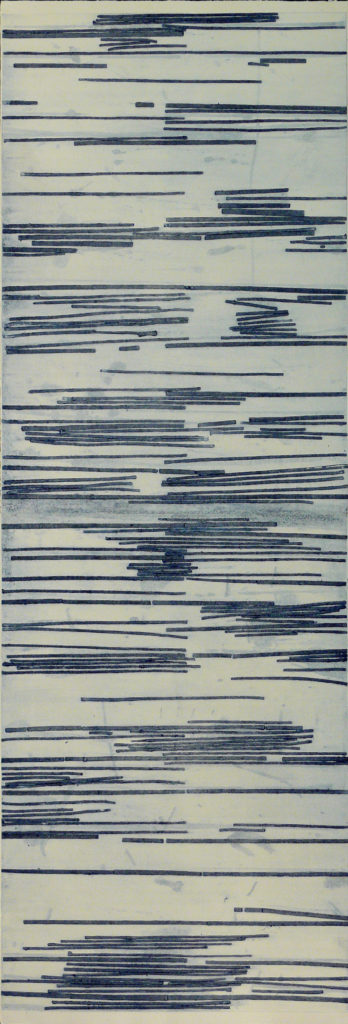
It might be putting one dot or just adding a line; my work is not concluded until I am satisfied. But, when and to which note the work will be done is uncertain to say. Once the work is out of my hand, I have no control over the way a viewer will perceive the work. Different people will understand the same thing differently”, expressed Wakilur.
Wakilur considers himself as an art worker rather than just an artist. He is widely praised for his provocative language based public works that deal with powerful subjects of history and heritage of the country. At present, Wakilur lives in Dhaka where he teaches at the University of Asia Pacific. As a piece of advice to the young passionate art workers, Wakilur denotes ‘to think’, to think more widely and critically.


